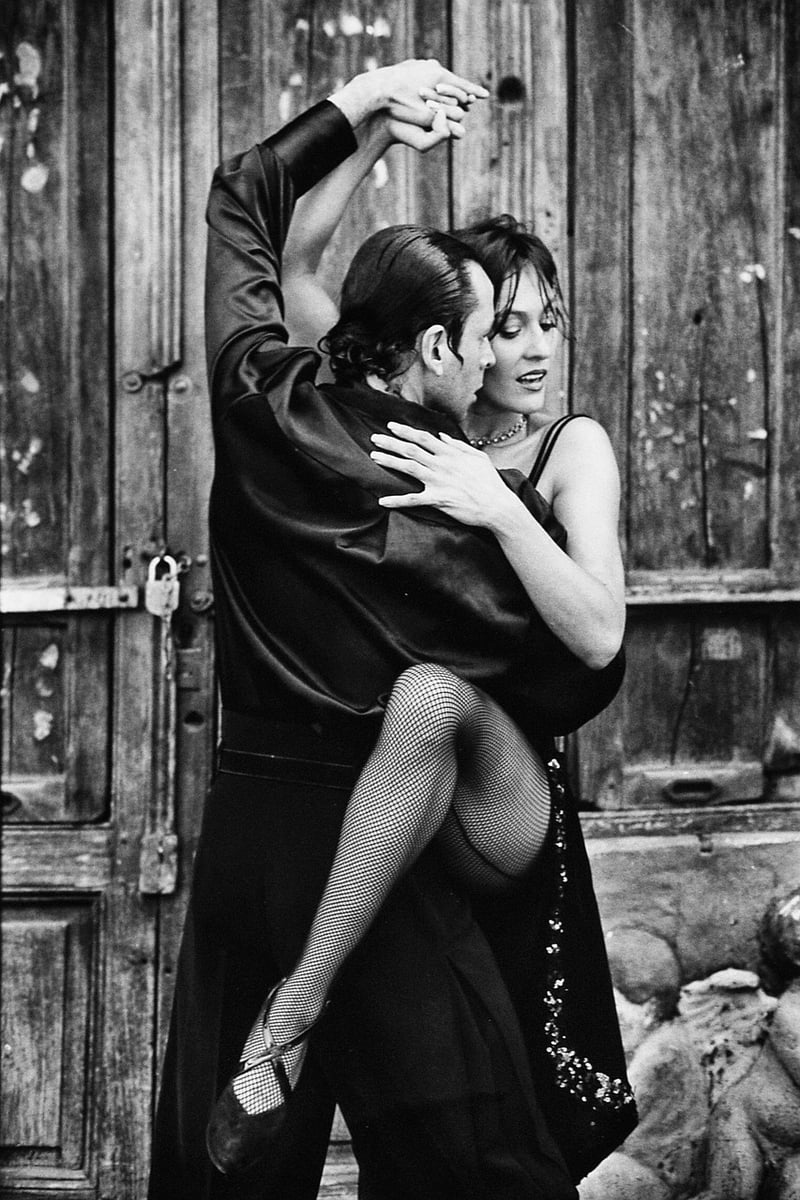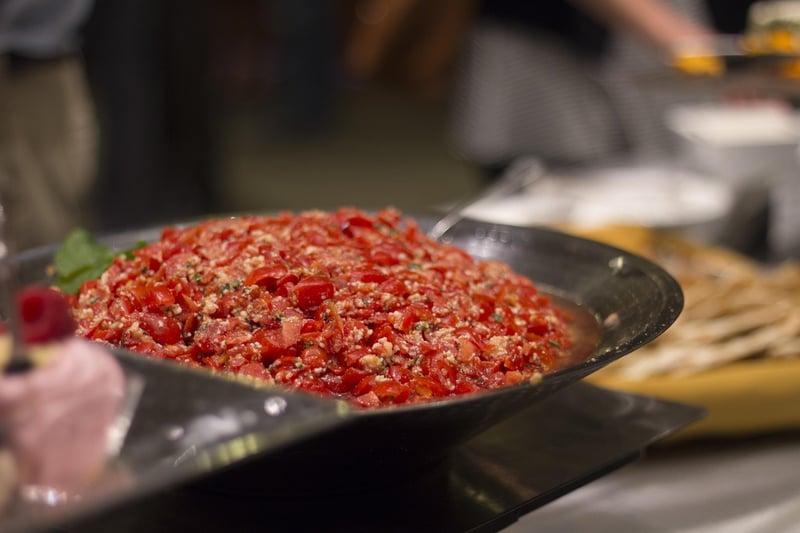Salsa
Exploring Expressive Movement Forms: Salsa Dance
Salsa dance is not just a dance style; it's a form of art that allows individuals to express themselves through movement and rhythm. Combining elements of Afro-Cuban and Latin dances, salsa is known for its energetic and sensual movements that captivate both dancers and spectators.
The History of Salsa Dance
Salsa originated in the Caribbean, with influences from Cuba, Puerto Rico, and other Latin American countries. It evolved from a blend of different dance styles, such as mambo, cha-cha-cha, and rumba, creating a unique and vibrant form of expression.
Key Elements of Salsa
- Rhythmic Footwork: Salsa is characterized by quick, syncopated steps that match the music's beats.
- Partner Connection: Salsa is a partner dance that relies on strong communication and connection between dancers.
- Body Movement: Salsa dancers use their entire body to create fluid and expressive movements, from the hips to the arms.
- Improvisation: Salsa allows for improvisation and creativity, encouraging dancers to interpret the music in their unique way.
Benefits of Salsa Dance
Salsa dance not only provides a fun and engaging way to stay active but also offers a range of physical and mental benefits:
- Improved coordination and balance
- Cardiovascular workout
- Stress relief and mood enhancement
- Boost in self-confidence and self-expression
Get Started with Salsa
Whether you're a seasoned dancer or a complete beginner, salsa dance classes are a fantastic way to learn this expressive movement form. Join a local dance studio or community center to explore the world of salsa and connect with others who share your passion for dance.
Put on your dancing shoes, feel the rhythm, and let salsa dance take you on a journey of self-discovery and artistic expression!

Image Source: Pixabay
